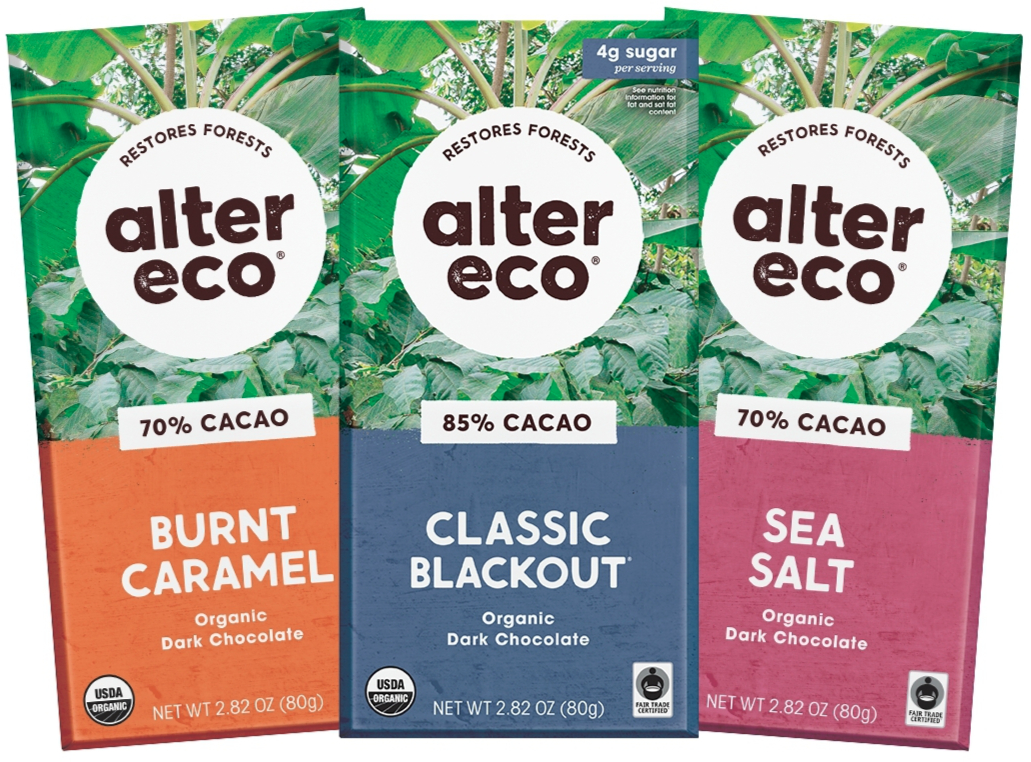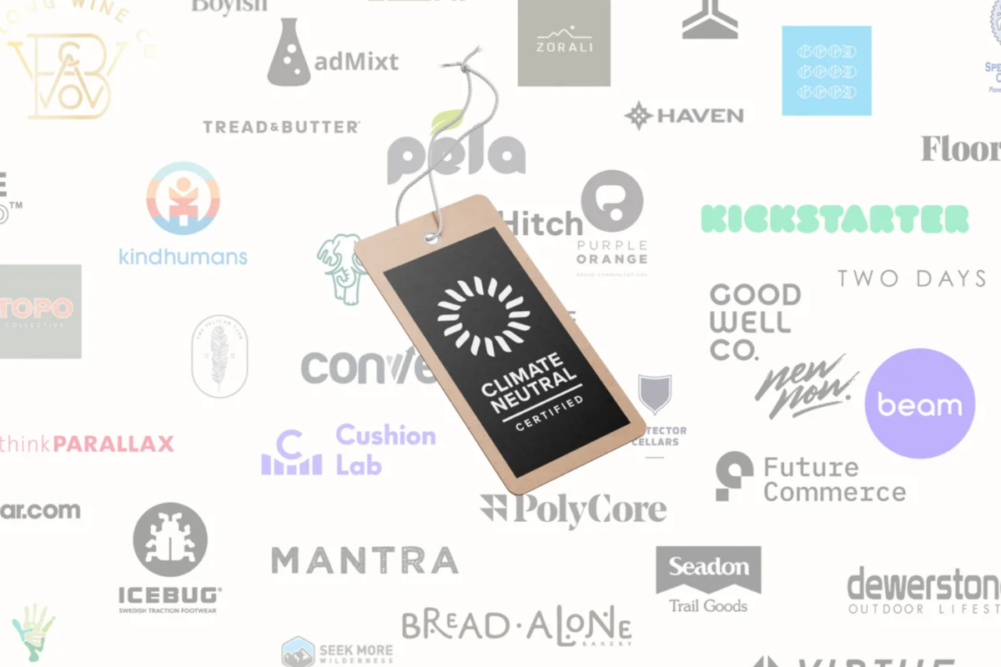SAN FRANCISCO — Climate Neutral is giving brands the tools to measure, offset and reduce their carbon emissions.
The nonprofit created a consumer-facing label for brands that achieve carbon neutrality. Its goal is to make it easier for consumers to make sustainable decisions by choosing climate-friendly products, said Austin Whitman, chief executive officer.
“Consumers are concerned about climate change and really don’t know what to do about it,” he said. “Governments have generally been really slow and ineffective in dealing with climate change at the scale that it’s needed. Companies can move a lot more quickly.”
With a majority of consumers viewing climate change as a crisis or major problem, the Climate Neutral seal helps brands communicate the steps they’re taking to reduce their environmental impact. There also is a longer-term de-risking that happens when a company takes stock of its carbon emissions, Mr. Whitman said.
“It’s about preparing or bracing for a future where more of your carbon will be subject to policy,” he said. “Getting ahead of that is a really effective way of minimizing future risk. Investors and shareholders will look at a company's climate risk increasingly as an indicator of how it is going to perform over time.”
Measuring and mitigating
To earn Climate Neutral certification, brands must complete three steps aimed at measuring, mitigating and reducing their carbon footprint. The first step, which involves estimating the greenhouse gas emissions created when making and delivering products, often is the most challenging, said Antoine Ambert, managing director of The Alter Eco Foundation, the charitable arm of San Francisco-based Alter Eco. The organic chocolate company earned its Climate Neutral certification in 2019.
 “The most challenging part was getting started, because at the beginning, it seemed so complex,” Mr. Ambert said. “There is so much information gathering and then the associated analysis. But it doesn’t have to be a daunting process — just start somewhere. Start with the information you have and decide on a manageable first step.”
“The most challenging part was getting started, because at the beginning, it seemed so complex,” Mr. Ambert said. “There is so much information gathering and then the associated analysis. But it doesn’t have to be a daunting process — just start somewhere. Start with the information you have and decide on a manageable first step.”
Climate Neutral developed a software program that helps companies calculate their carbon footprint.
“You can go in and find your products — beef, pork, wheat, corn — pretty much anything you can imagine,” Mr. Whitman said. “You type in how much of it you purchased and all of the embedded emissions from that product will be reflected in the calculation.”
For most companies, the bulk of their footprint comes from indirect supply chain emissions, including the emissions released from extracting raw materials, transportation, business travel and employee commuting.
Next, the company must purchase credits to offset its entire carbon output from the previous year. Offsetting emissions sounds daunting but is relatively cheap, Mr. Whitman said. He estimated that it costs about 0.4% of a company’s annual revenue.
“That project can be a tree planting project or a renewable energy project, or it can be a landfill gas digester project,” he said. “There's a number of different ways to create these credits.”
Alter Eco offsets its emissions by helping its farmers transition from monoculture to dynamic agroforestry, a process that includes planting a diverse mix of trees and shrubs around the cacao crop. It also partners with Pur Project, an organization that protects and plants trees.
“During the holidays last year, we planted a tree for each holiday gift set our consumers purchased from our website,” Mr. Ambert said.
Reducing emissions
While companies that invest in enough carbon credits to offset their total emissions have achieved carbon neutrality, Climate Neutral requires its partners to take things a step further. The final step involves developing a plan to reduce emissions moving forward.
The organization recommends but does not require companies to quantify their reduction goals. Saying, “We’ll switch to recycled materials,” is acceptable, but saying, “We’ll switch to 70% recycled aluminum” is a better goal, Mr. Whitman said.
“Over time, I expect we will tighten this requirement and possibly even make it quantitative, to the point where you have to say, ‘Over the next 10 years, we're reducing emissions directly from our value chain by 20%,’” he said. “If we required that to happen in a quantitative way today, most people are not equipped to figure out how to make that happen.
“The miraculous thing is that once you start this process, you're creating subject matter experts within companies who now know what that company's climate impact is. That becomes the beginning of the road to reducing emissions down to zero, and that's where we need to be.”
Opportunities exist in the food and beverage space to go beyond carbon neutrality and invest in initiatives that are carbon positive, he added.
“People are looking at how certain agricultural practices can be used specifically to capture emissions,” Mr. Whitman said. “It's a unique opportunity for food and beverage companies to use their supply chains as a force for decarbonization.”
Alter Eco is working with its partner farmers to understanding how dynamic agroforestry helps sequester carbon.
“In our opinion, the most beneficial part of measuring carbon emissions is that it holds us accountable to our vision to help create a supply chain that sequesters carbon rather than produces it,” Mr. Ambert said.





